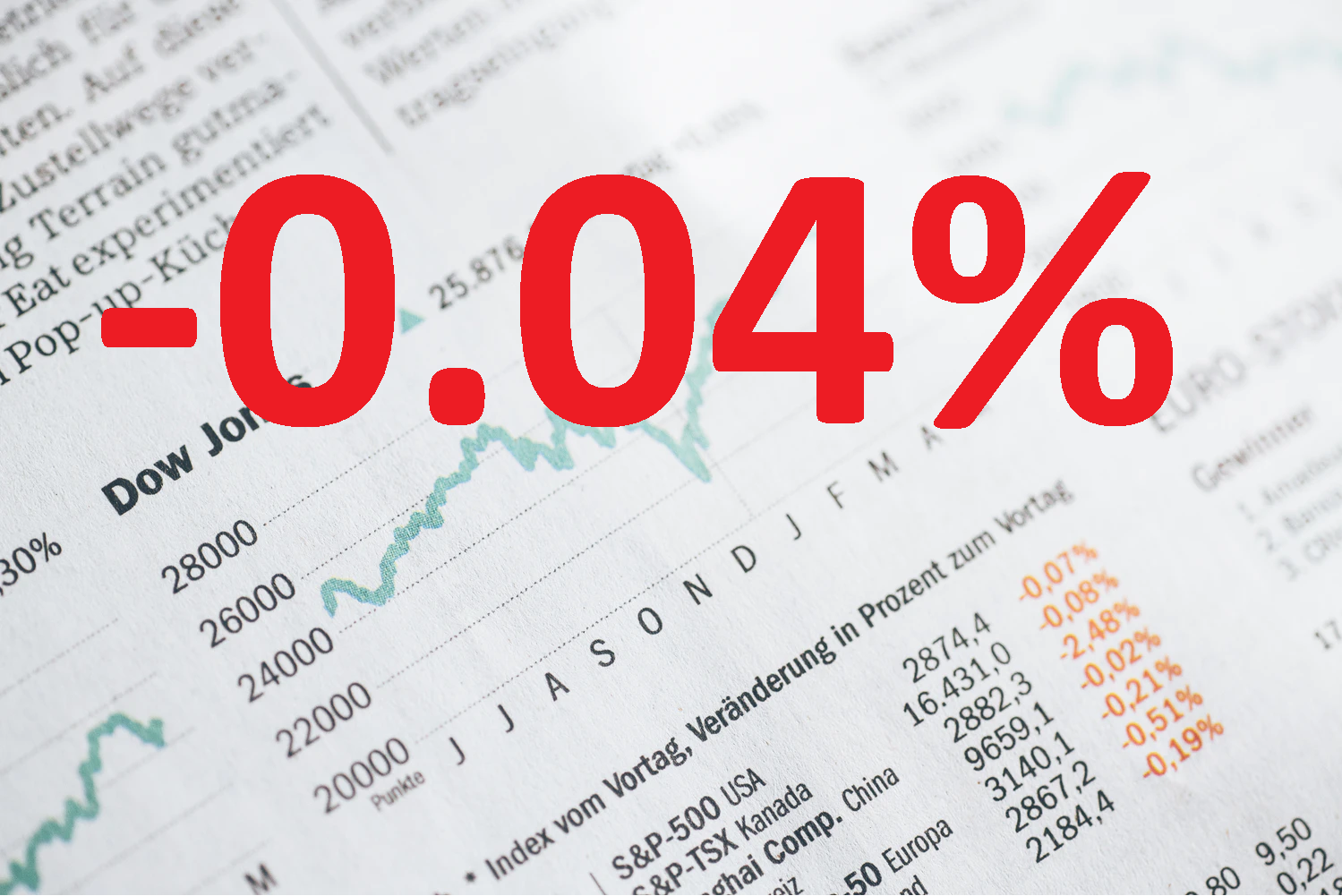The Unusual Situation of Negative Rates May Be Not So Unusual Soon

The term ‘negative interest rates’; joined the financial lexicon a few years ago. It refers to the unusual situation where the borrower rather than the lender of capital is the one being paid. While it is an unusual situation it has indeed happened before. Why does it happen? Is it good or bad, and for who is it good or bad. It’s really simple economics.
Let’s say you are running a stall at the market selling the finest, loveliest tomatoes. People come to buy them and you get great prices. As the tomatoes age you have to keep lowering the prices to attract customers. Finally they get so bad that you pay someone to take them from you to perhaps use as animal feed so that you can clear the space for a fresh crop of first grade tomatoes.
Interest rates (and exchange rates) are the price of money. When money is in demand it costs more to ‘buy it’; via interest rates. The demand is high when there are many credit- worthy borrowers who want it because they can make a profit from it. The cost is low when either there is no demand to borrow it or because those who do want to borrow it are not likely to pay it back. Ultimately a situation may be reached where you have to pay people or entities to borrow money and charge savers to look after their money. As crazy as this sounds, there are situations in which this makes perfect sense both from the point of view of the central banks, national treasuries and the commercial banks.
Commercial banks would have an incentive during severe recessions and depressions to make negative interest loans to entities which are in need of more capital without which they would default.
It would be better to suffer a small loss by granting negative rate loans than to withhold the funds and suffer the loss of the previously committed capital.
The notion that this would be catastrophic for the commercial banks and that’s why the Federal Reserve would not sanction it is also not necessarily true. The banks loan out depositor’s money. To make a profit on depositor’s money they would have to charge depositors for holding their money. They already do. It’s called bank charges and fees, and they often represent a fairly high ‘interest rate’ to the depositor. In addition if they can borrow at the Federal Reserve window at even more negative rates they can still make a profit. The Federal Reserve may need to go to negative rates to accommodate the economy via the commercial banks as previously described. The term ‘negative interest rates’, conjures up irrational images. For example, what is a government grant? You could call it free money or you could call it a negative interest and negative capital loan. Since the money is not paid over time there is a negative amortized interest and negative capital portion. OK. That may be going too far but what about the loan you or an institution makes that is not paid back? That definitely becomes a negative interest and negative capital loan. This little preamble is to help you open your mind to these concepts.
When will the US Treasury issue notes and bonds with negative interest rates? Here at Macrotomi we will never tire of telling investors that the key to understanding all financial markets including stocks, currencies, inflation, deflation etc, etc, is the huge worldwide market for US dollar denominated debt, both domestic and international. Surprisingly so few serious investors, even professionals have a good grasp of fixed interest fundamentals. US dollar debt dwarfs the bond-markets in all other currencies combined. Unlike the other currency debt markets there is huge issuance both domestically and internationally of debt of all shapes and sizes and quality. From sovereign debt issued by the US and many other countries to corporate debt of varying quality all highly analysed by the three main rating agencies.
While the debt markets for Euro-denominated debt does have quite a few sovereigns, the corporate debt issuance is relatively limited and lacks the depth and liquidity of the dollar markets, similarly for sterling and other major currency debt. While US treasury rates are determined by market factors and there are many, supply and demand in the conventional sense is really only a minor one. Brokers and equity commentators have a difficult time with this concept. One of the strongest factors is the yield curve i.e. the price of rates with time and the quality spreads ie how interest rates vary over time with the quality of the issuer.
The two main factors likely to produce negative note and possibly, although less likely negative bond yields, are deteriorating economic conditions suggesting deflation and a loss of confidence in lower quality issuers leading to a’ blow out’ in the quality spreads.
A collapsing stockmarket and a rush to quality assets will do the rest. Currently 30 year Treasuries are around 1.3% given that despite the effects of the pandemic there is still a lot of confidence concerning the US economy. There is less confidence in countries like the UK, Australia and Canada whose bonds are trading at lower yields than those of the US, which has not been the case in the post WW2 period. We think a reversion is likely. All the evidence thus points to negative short and long term interest rates coming to the US. Why is this important and how can I profit?
Well, besides the fact that equity markets will be sliding on their own the prospect of negative interest rates is exciting for savvy investors. We are also amused by those who don’t want to buy treasuries because of their low, but not yet negative rates. They will buy Peloton which has no yield at all. That’s because the price of Peloton will go up, presumably if they sell more bicycles. But Treasury prices will go up if interest rates head down further. So the reason to purchase either is predicated on circumstance.
In conclusion. Short and long term rates appear to be headed downward, possibly substantially. The profit potential remains enormous.
 How to ensure your investments beat inflation
How to ensure your investments beat inflation
If you believe that inflation is really going to take off (we don’t), what should you do? Once again...
 Searching for Real Yield
Searching for Real Yield
Following the kind of stock market blow-out that we are anticipating there will be plenty of high yi...
 Beating the Drums of Inflation
Beating the Drums of Inflation
It seems like the inflationistas are predicting inflation rather than showing data to support it’s e...